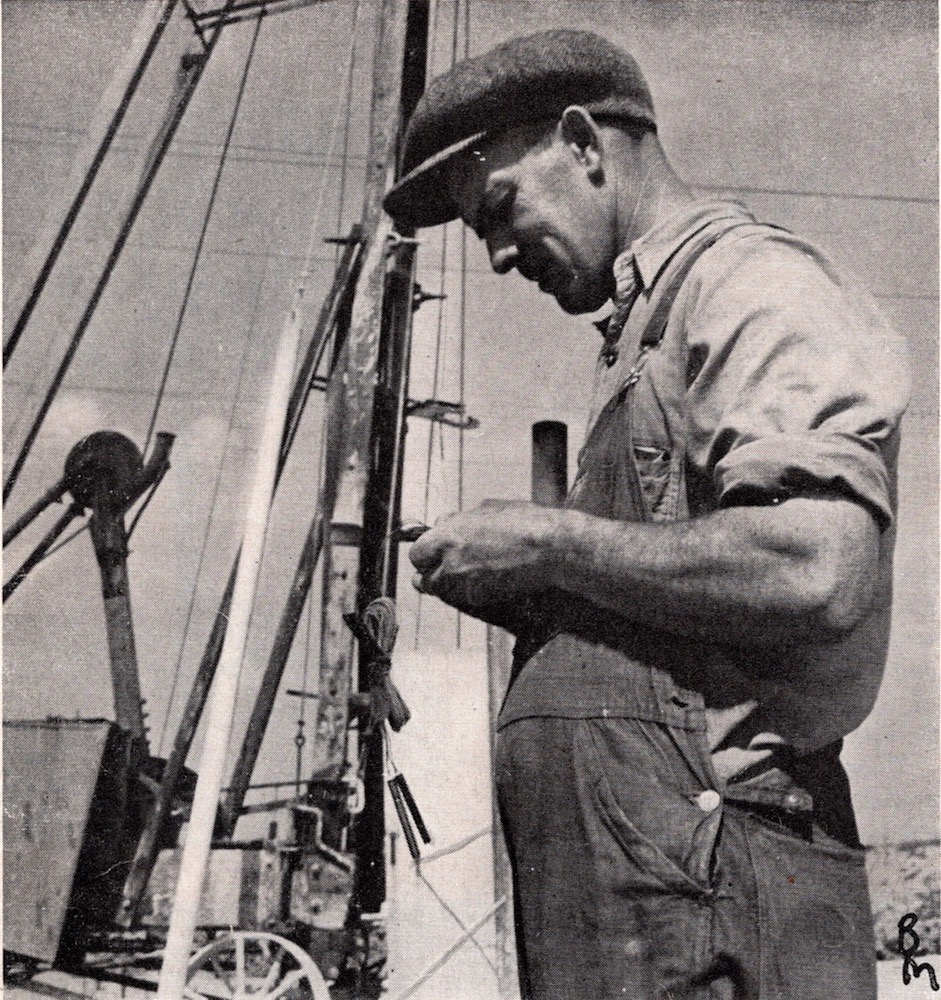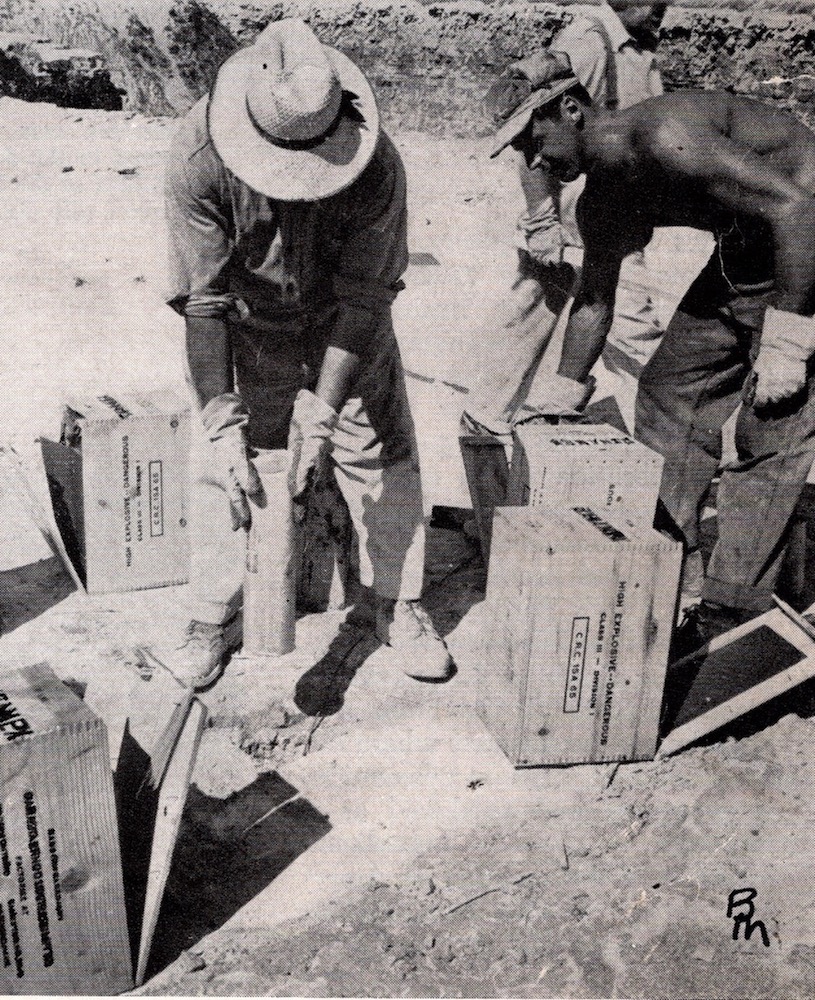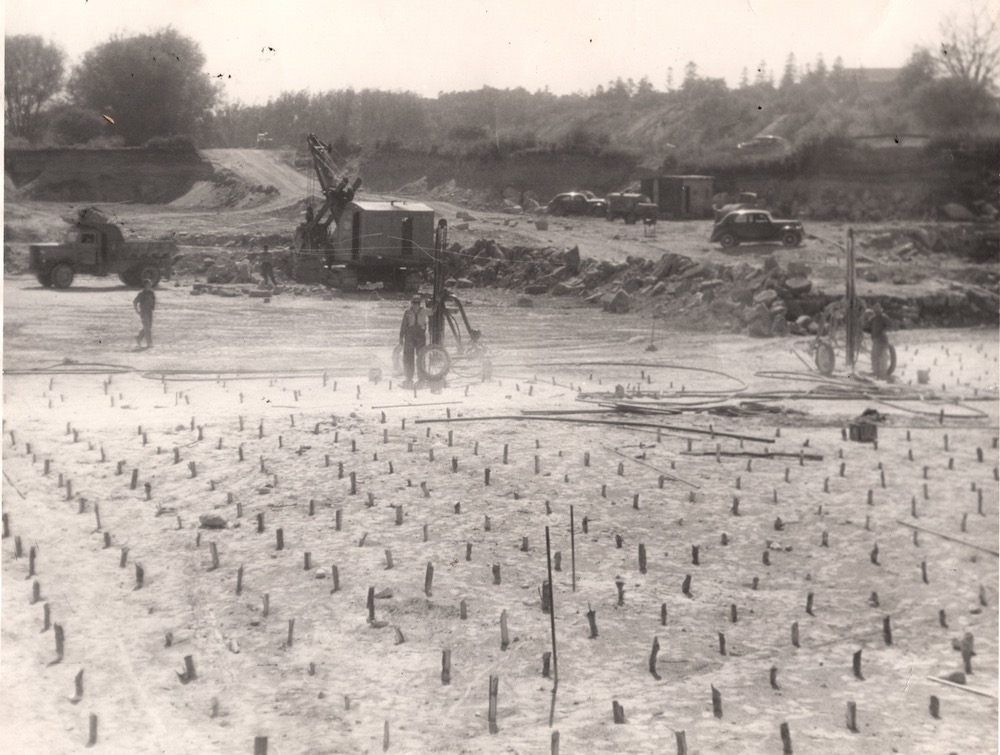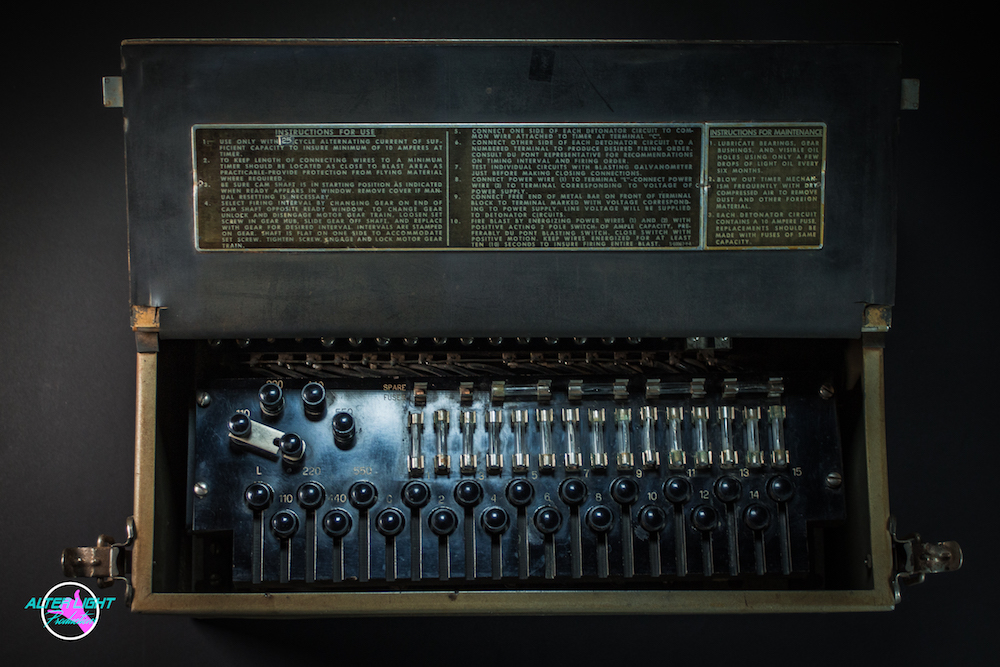“Fire In The Hole!”
Blasting Agents and Packed Boreholes
Early blasting was done with black powder and a light-and-run method. Expenses for “powder” and “fuses” first appeared in the Cole & Hacker cashbook in October of 1892. Through 1896, fuses were bought through the summer and fall at an expense of $0.70. Powder was purchased almost monthly for $2.50. The costs show that no blasting was done during the winter in the late 19th century.
“Rack-a-rock,” a mining explosive patented in the 1870s, replaced black powder. It comprised an oxidizing agent and combustible liquid combined on-site, arriving as foot-long sticks packed in a small box, wrapped in cotton, and equipped with a fuse and cap.
One historian wrote,
“The men treated these potent firecrackers with the utmost nonchalance. One man practiced clamping on the nitroglycerine caps with his teeth, and another broke the sticks over his knee when only a half cartridge was required.”
Despite these descriptions, blasting required great precision.
In the mid-1900s, as dynamite use became widespread, blasters adapted to consider hole locations and the number of dynamite sticks per column. The image from 1950 at Stelco quarry depicts workers tamping blast holes. “Stemming,” or plugging boreholes, improved blasting efficiency by reducing energy loss at the top of columns.
Timing was Everything
In later years, Blasters adopted precise timing, introducing split-second delays between drill hole detonations to control rubble size. The sequential firing, with a 1/25,000 of a second interval, mimicked a wedge driving down the quarry wall. Early on, a blasting timer, as depicted below, facilitated these drawn-out explosions.






